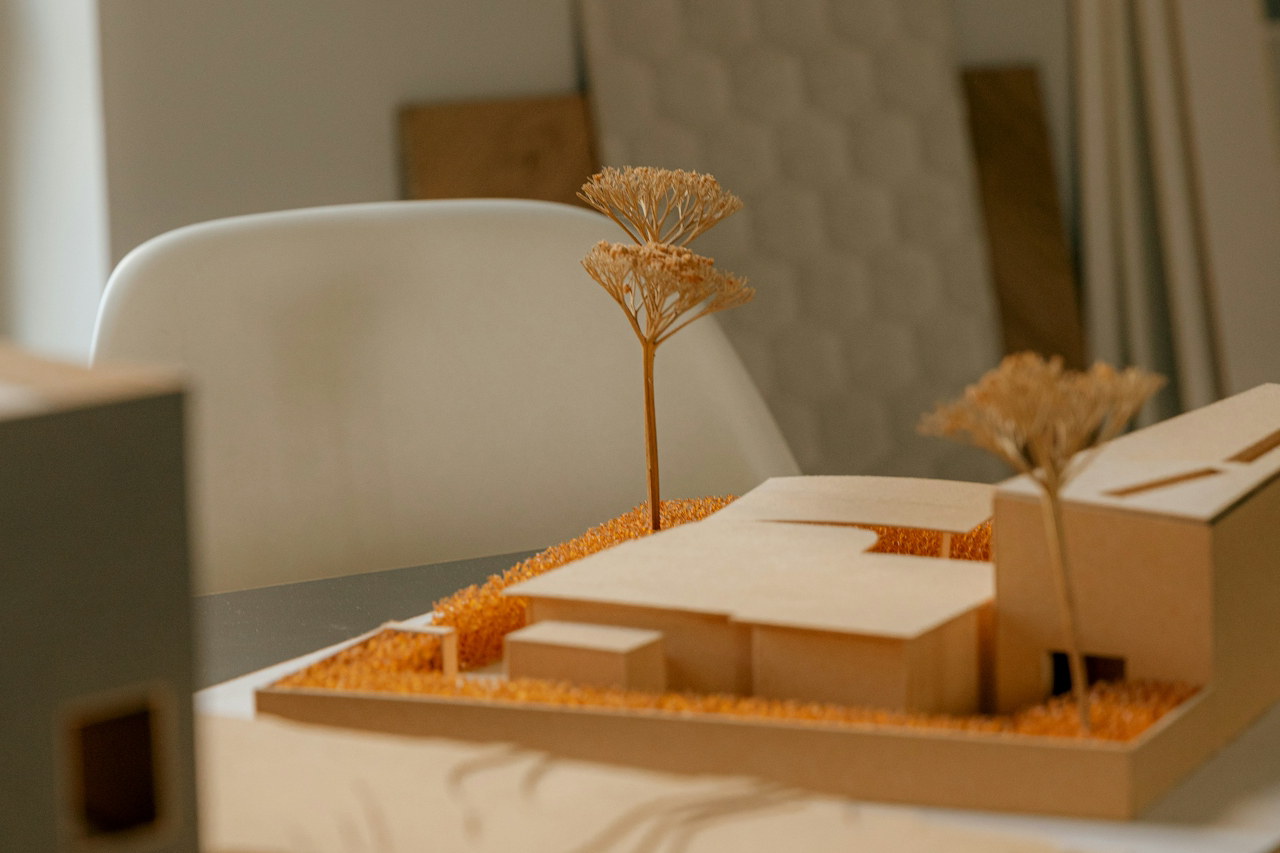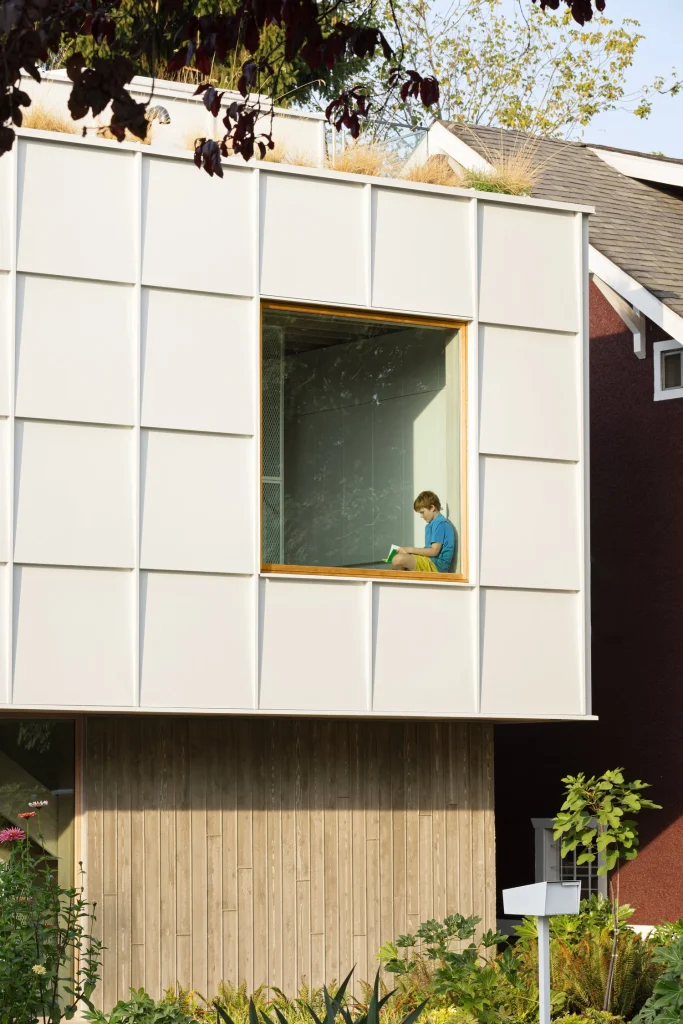Get Found in Local Searches: A Simple Google Business Profile Guide for Architecture Firms
When someone searches for your architecture firm by name, you expect to show up.
But the clients that don’t know about you are searching too — a developer looking for a [retail architecture firm New York], a homeowner typing [laneway architect Toronto], a restauranteur searching for [hospitality architect Vancouver].
These kinds of local, non-branded searches happen thousands of times every year in most cities. And in many cases, the first thing people see isn’t a list of websites; it’s a map with three business listings right at the top.
If your firm isn’t there yet, it’s a big opportunity to gain visibility and attract potential clients.
Example: New York City Search Data
Let’s say you’re an architect in New York City. Potential clients could be searching for:
- [new york city architect]
- [residential architect nyc]
- [architecture firm brooklyn]
According to Ahrefs, each month there are 800+ searches from people looking for an architect across the five boroughs. That’s nearly 10,000 searches a year, and many of these searches show the “Local Pack” (map and listings) before any website results.
Why Your Google Business Profile Matters
Your Google Business Profile is one of the simplest, highest-ROI tools your studio can use, because it’s free to set up, to:
- Show up where potential clients are already searching
- Build trust with photos of your work and client reviews
- Get inquiries without people even having to visit your website first
How to Set Up Your Google Business Profile
What You’ll Need Before You Start
- A Google Account: ideally with a business domain; e.g., if your studio is THD Architects, [email protected] looks more professional than Gmail
- If you don’t have a Google Account, you can create one at accounts.google.com
- Relevant Business Information: Your business name, address, phone number, and website
Step 1: Sign in to Google Business Profile
- Go to business.google.com and log in
Step 2: Create or Claim Your Profile
Search for your firm’s name.
- If it’s there, claim it
- If not, create it by entering your business name
Important: Use your exact business name. If your firm’s name is “THD Architects,” list it exactly as that. Don’t add extra keywords like “THD Architects – Architect in Manhattan,” as this can get your profile suspended.
Step 3: Choose Your Business Type
Most architecture firms will want to select:
- Local store: if clients can visit your office
- Service business: if you work at client sites or remotely
If you don’t have a physical office for client meetings, just select Service business.
Step 4: Select Your Business Category
- Primary category: Architecture Firm
- Secondary categories: Architect, Architectural Designer, Interior Designer (if relevant).
Step 5: Add Your Business Details
Enter your:
- Business address (or service area if you selected Service business)
- Phone number (local preferred over toll-free)
- Website URL
Step 6: Verify Your Business
Google will require verification before your profile appears in search.
This may be:
- Postcard PIN mailed to your address
- Phone call PIN
- Video verification showing your location, signage, and workspace
Follow the on-screen steps once you receive the PIN or complete the video.
How to Make Your Profile Stand Out
Once your Google Business Profile is set up, regular updates can significantly improve your chances of showing up in local search:
- Business Hours: Keep them accurate year-round, including holiday hours
- Photos: Upload team photos, finished projects, renderings, and even under construction shots; aim for one new photo a week
- Description: Share who you are, where you’re based, the types of projects you specialize in, and the clients you work with
- Services: List offerings that match your ideal projects (e.g., custom home design, planning approvals, hospitality interiors) and include short descriptions for each. Add custom services if needed.
- Posts: Share updates weekly, such as new projects, awards, press mentions, or new hires
- Reviews: Ask past clients to leave a review and reply to each one
How Tiny House Digital Can Help
At Tiny House Digital, we help architecture firms:
- Clarify their positioning, markets, and project types they want to grow
- Optimize their Google Business Profile for local visibility
- Build a content marketing system to turn that visibility into inquiries and projects
If you want your firm to show up in the Local Pack — and be the one prospects choose — let’s make it happen.
Book your free 20-minute discovery call and start growing your visibility today.



